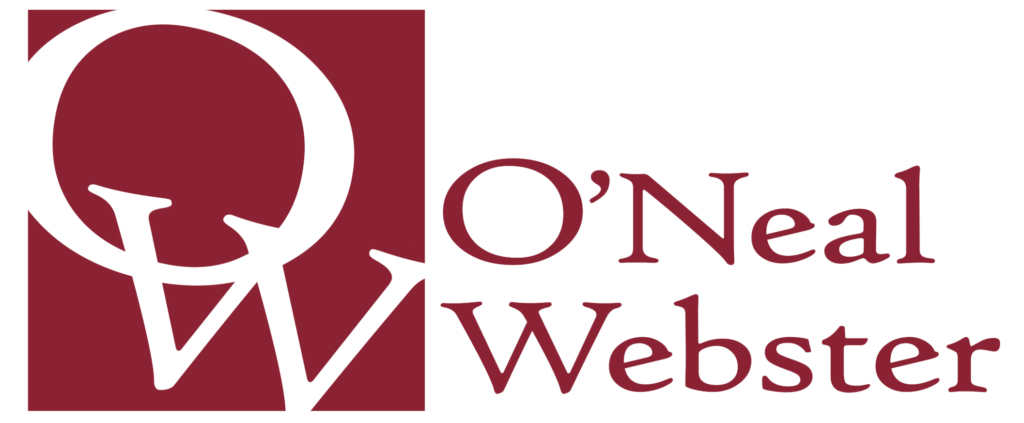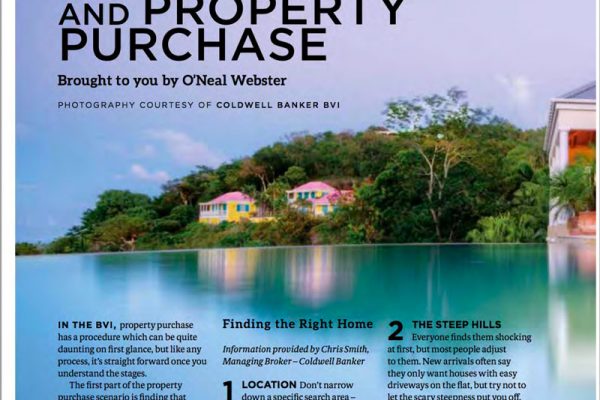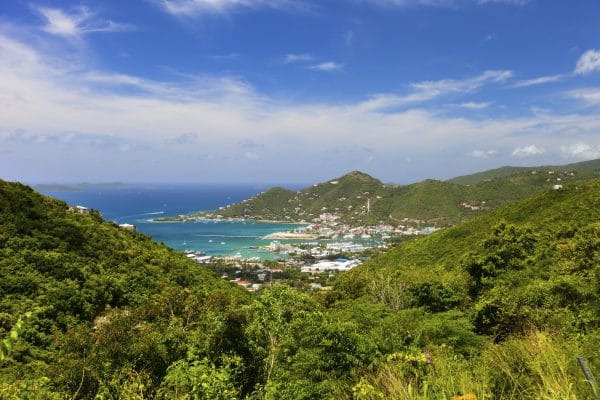By Willa Tavernier, O’Neal Webster BVI.
What was once a group of islands thought to be settled by accident rather than by design, has now, rather aptly, been termed “the treasure under our feet.” The latter phrase was used by JR O’Neal, a noted BVIslander, entrepreneur and environmentalist, to describe land in the BVI. It is this type of sentiment which provided the impetus for the enacting of the Non-Belongers Land Holding Regulation Act (in its current form) in 1960. That Act regulates the purchase of property in the BVI by non-nationals by requiring a licence to be issued in respect of any (and each) property purchased.
Many long-time or first-time visitors to the BVI fall in love with the islands and look into buying property here. It’s usually a real estate agent who first acquaints them with the licensing requirement, but ever so often as attorneys, we too get the confused question from interested purchasers: “A what licence?”
A non-belonger’s landholding licence (NBLHL) is obtained by application to the Ministry of Natural Resources. Applicants must supply personal details, inform whether they have previously purchased land in the BVI, and give details of proposed usage. The application must be supported by character and financial references, a police record, identification documents and various other documents. Any good lawyer can handle this on your behalf. Purchase and sale agreements usually allow 12 months to obtain the licence, but it typically takes about 6 months. simply put, that’s how to get an NBLHL.
But many purchasers wonder: why the need for licensing?
To fully appreciate why the licensing regime was introduced, it is worth looking at the history of land ownership in the BVI. The BVI has been described by local historians as a west indian anomaly, for reasons too many to explain here. Nevertheless, that sentiment is quite accurate with respect to land ownership. Unlike other present and former British Caribbean islands, where most of the land is owned by the government, in the BVI the land is largely, and almost exclusively, privately owned by the local population. Let’s zoom in on the significant historical events that contributed to this.
The earliest of such events were various land grants to freed slaves by plantation owners, such as the Nottinghams, who granted 50 acres of land in long look in 1778; Edward Harrigan, who granted 300 acres of land on Guana island in 1811; and Miriam Harragin, who granted 40 acres at east end in 1816. A government grant of lands at Kingston to free Africans between 1828 and 1831 should also be mentioned. going forward to 1841, the legal restrictions on the purchase of land by non-europeans was lifted. Not surprisingly then, the records office which holds deeds of conveyance, has such deeds dating as far back as 1849!
By 1858 it was reported that the native population was in possession of comfortable houses and was well-clothed with an air of independence, accompanied by a respectful demeanor. I found that historical tidbit interesting, as I am sure visitors to these shores, even today, would find that description still holds true.
It is certainly not unusual in real estate practice to come across such deeds. In one example, the administrator of an estate I was dealing with on behalf of a beneficiary, proudly showed me a copy of the deed dated March 5, 1910, conveying 13 acres of land to her predecessors. She said she’d have it framed.
I also remember a colleague of mine recounting a story told by her mother of a great auction of all the lands in Tortola, and local families coming together to buy large tracts. This, she said, accounted for the predominance of particular families in particular areas, such as the Penns or Lettsomes in east end, Dawsons in Ballast Bay, or Donovans.
Carrot Bay
Historical texts confirm the essence of this story—the economic and social stresses of the late 19th and early 20th century prompted the return of many European settlers to their homelands. As a result, many heavily indebted plantations were put up for sale by the government under the Encumbered Estates Act—and the local population bought most of these lands.
The BVI is therefore a country of proud landowners—it’s a fundamental part of their identity and patrimony. So, land in the BVI is valuable on many levels. It’s no wonder then that such a precious resource is appropriately regulated.
For further information, please contact Jenelle Archer, Partner and Head of O’Neal Webster’s Property & Business Department. jarcher@onealwebster.com.
This article is general in scope and is not intended to be comprehensive. It is not a substitute for legal advice.


